I was reminded of the concept of "musicking" yesterday, which is the late Christopher Small's term to help people think of music as an action rather than a thing (though adding a "k" to a word makes it feel archaic so I use the term warily). Thus, listening to music is musicking, performing music is musicking, and creating music is musicking. Sheet music or recordings themselves are not music until someone engages with them. While he goes in depth on this topic in his book Musicking: The Meanings of Performing and Listening, I would rather talk about how musicking as brought life to the music around me.
I recently joined UMKC's Imp Ensemble, a free (not necessarily jazz) improvisation ensemble. Several years ago at BYU I was part of a similar group called GEM (Group for Experimental Music). Both these ensembles provide a creative outlet where I am invigorated to musick without the restrictions of societal convention. I believe that we should strive to engage with our culture by putting forth our best contributions to the art, I also believe in what Ned Rorem termed "the distortion of Genius." It helps to step outside the bounds of classical concert music culture to reassess one's work and musical purpose. Next month, the Imp Ensemble will be performing at West Bottoms as part of the West Bottoms Reborn initiative. More details here.
This upcoming Tuesday, my work Improvisations VI: Just, Plane, Natural will be performed by Gabbi Roderer, an amazing flutist (see the event details here). This is the third in a series of improvisation pieces for soloist and live electronics that I originally wrote for myself as a way I could continue improvising outside of a group. But now they have become a fascinating means of collaborating with performers as musicians, tapping into fellow performers' intuitive abilities to musick, not according to the societal norms of their repertoire but according to the dictates of their ear in response to the electronics (which are wholly dependent on the performer's playing).
These improvisations are free for the performer, but while this sounds liberating, it actually invites the performer to solve their own compositional puzzle. The piece only progresses with a tap of a pedal that initiates a change in the electronics. These changes provide the overall structure of the piece while leaving pacing up to the performer. The puzzle for performers is to effectively navigate these changes to achieve their artistic vision. In this manner, the performer also becomes a creator and sculptor of sound in time. The performer also must engage carefully in listening. It is a perfect example of musicking to a composed work without the strings attached.
This work is a joint effort, a true collaboration. Rather than the composer acting as dictator or even as visionary, the composer becomes the facilitator and architect, providing a space and flow to accentuate the performer's work. While the composer is not active on stage (though I can easily code in my own laptop part and devise the form in real-time), the contribution of the electronics provides a unique mark that, while at times sounding very different in each iteration, infallibly remains. The contributions of composer and performer are equal; the electronics can only be engaged by the performer's input and the performer must engage with the electronics to play out the work. Through this partnership, the new work is born every time, and I love this sort of relationship.
If you are a musician and want to musick with these Improvisations or have insights or comments on these concepts, I'd love to hear from you. Feel free to comment below.

